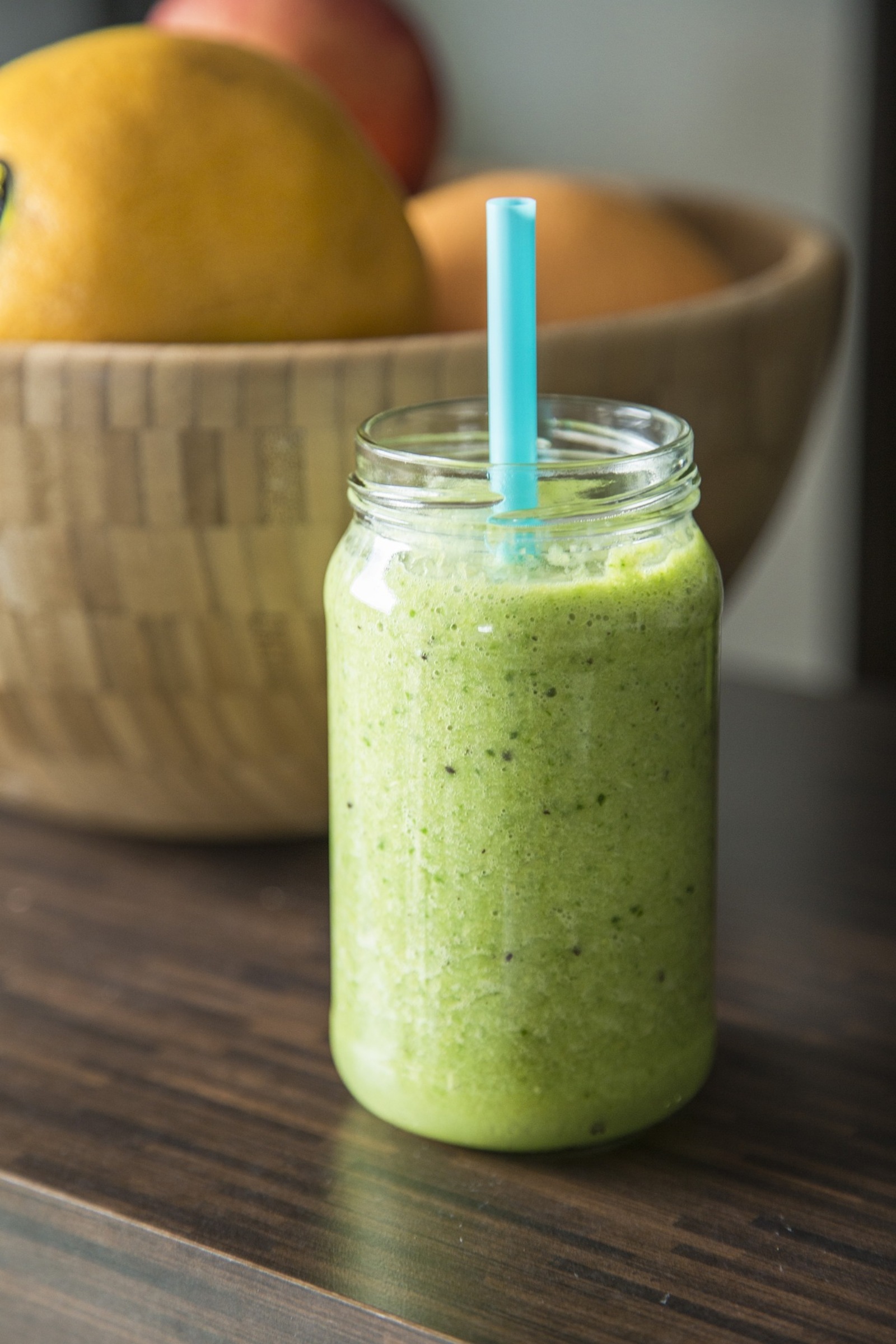From weight loss to faster muscle recovery, here’s why you need to be on top of your daily intake and the different ways to incorporate it into your diet
Protein is often referred to as the building block of life, and for good reason. It is an essential macronutrient that plays an absolutely vital role in your body’s systems, particularly in muscle growth and repair. It also plays a significant role in your immune system as it helps protect your body against bacteria and viruses. Without enough protein, you’ll suffer from a weakened immune response, low energy, hunger pangs, and extreme physical changes. Excepting extreme cases, you’ll find you’re getting too low on protein by the first signs on your body, specifically brittle hair and nails. Here, we deliver the fast facts on the topic, along with high-protein solutions.
RELATED: The Daily Nutrients You Need, According to a Nutritionist
Addressing misconceptions
Many people go on low-protein diets thinking that it will help them lose fat, but eating more protein doesn’t necessarily counteract that goal. In fact, research shows that higher protein diets complement weight loss. Take it from this online coach:
This is why protein is a favored topic for gym junkies and fitness enthusiasts. Not only does it help reach fitness goals in terms of fat loss and muscle gain, but consuming enough protein also allows for a faster recovery process from muscle-straining exercises.
RELATED: Maximize Post-Workout Muscle Recovery Using These Methods
If you’re not too sure about how much your daily protein intake should be and whether you’re meeting it, you should consult a doctor. For a quick fix, however, you can calculate daily nutrient recommendations using the DRI Calculator for Healthcare Professionals, which factors in your age, sex, height, weight, and activity level.

High-protein solutions
As mentioned, protein plays a critical role in things like muscle growth, immune function, and weight management. It’s also worth mentioning that by satiating your body’s need for protein, you’ll actually lessen your cravings and decrease your overall calorie intake. This is where high-protein low-calorie meals come into play. Using lean protein ingredients such as legumes, nuts, and poultry, you can make changes to your health and body composition over time.
If you’re among the people who don’t get enough protein on a daily basis and are concerned about your health, then it’s time for dietary interventions. Protein shakes and supplements do help in this regard, but there’s no better way to increase your protein intake than with the food you eat every day.

RELATED: Healthy Recipes You Can Recreate For Packed Lunches to School and Work
Besides supplements, the most common ways are to cook with lean meats like chicken breast and topping these homecooked meals with high-protein seeds like pumpkin and sunflower. Peanuts, almonds, and pistachios are also great sources of the macronutrient, so they make great healthy snacks in between meals. Making your own protein shakes using chia seeds and spinach is another impactful way to incorporate as many nutrients as you can into your everyday diet.
On that note, you’ll find plenty of inspiration online for how to up your protein intake with step-by-step instructions. For healthy and helpful content, you can check out creators like Jalalsamfit. Below, he shows us how to make breakfasts pack more of a punch.







